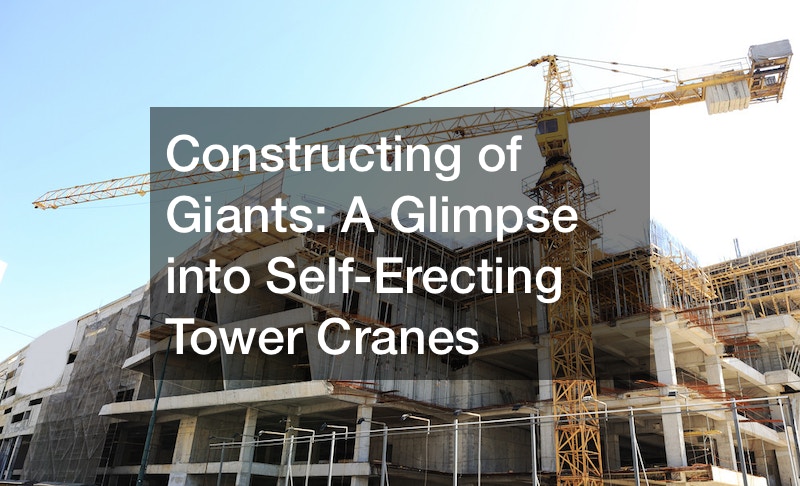

If you’ve ever marveled at the towering structures of high-rise buildings under construction, you’ve likely witnessed the prowess of self erecting tower cranes. These colossal metal structures play a pivotal role in construction efforts, lifting heavy materials from ground level to the main construction levels of buildings.
The process of constructing a self erecting tower crane unfolds on-site with a pile of pre-fabricated components. The initial step involves mounting the base section into the ground, supported by specially designed foundations critical for stability.
Concrete is poured and cured, setting the groundwork for the main construction phase.
Assembling these giants, often reaching hundreds of feet into the air, involves adding mast sections to the base with meticulous attention to torqueing bolts and ensuring precise vertical alignment. The construction continues with the addition of the turntable, operator cabin, and connecting members for the crane’s jibs. The counter jib, crucial for stability, is assembled and prepared for installation.
With the crane’s structure complete, the installation of the trolley and the addition of ballast to the counter jib follow. The entire construction process, though intricate, is typically accomplished in less than a day with a competent crew. Making the crane fully functional requires the installation of ropes and load lines, with subsequent performance testing to ensure it can lift up to 100% of its capacity.
These self erecting tower cranes, with their remarkable construction and capabilities, stand as silent giants shaping our urban landscapes.
.






